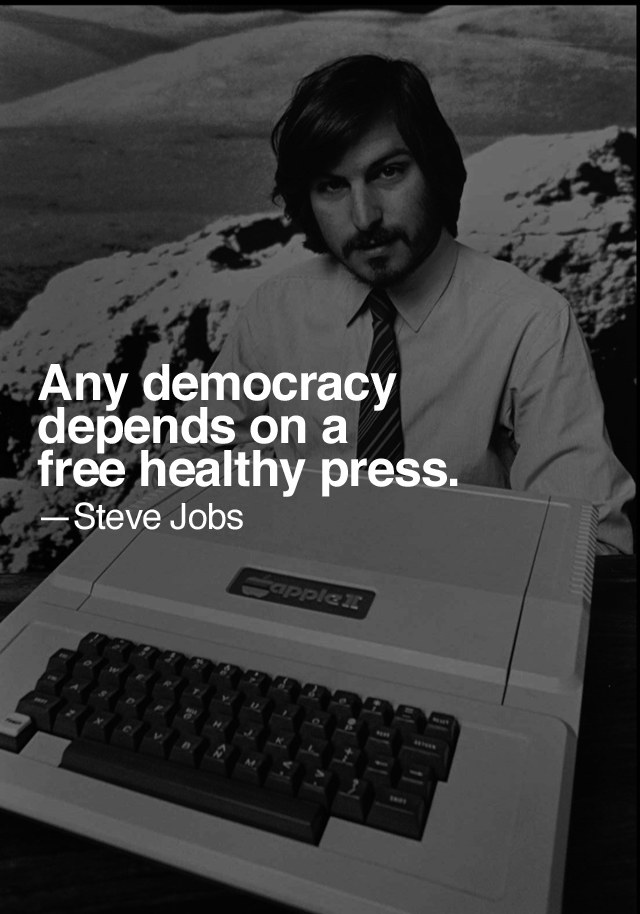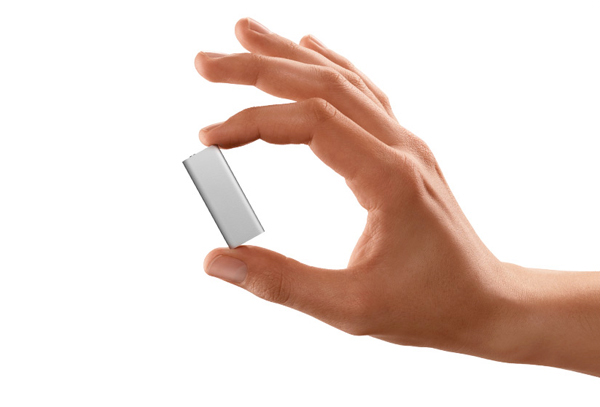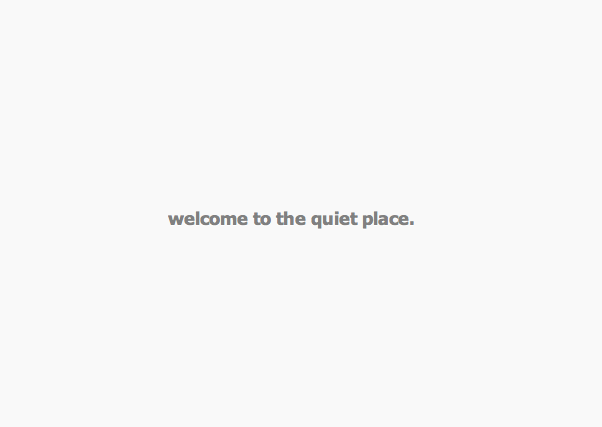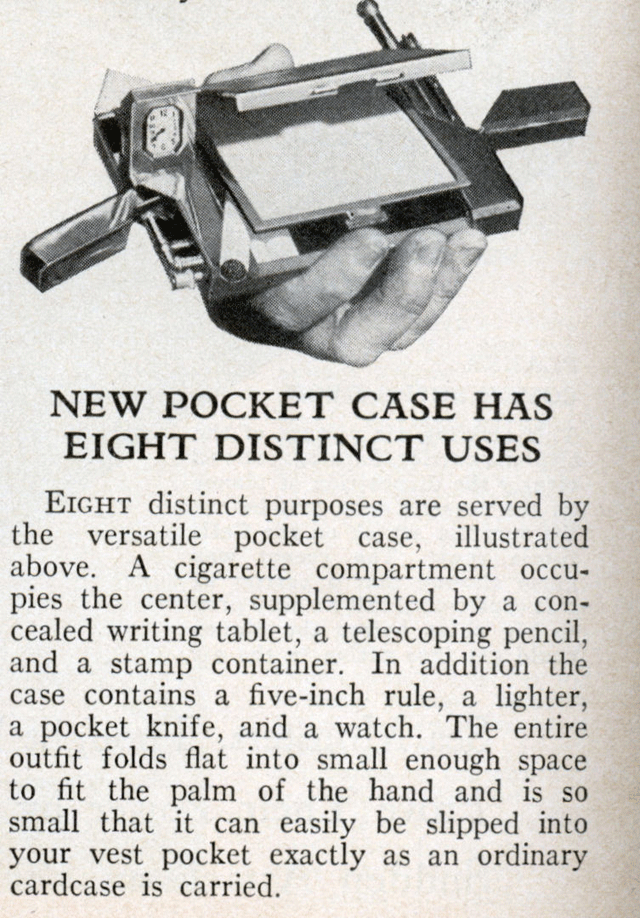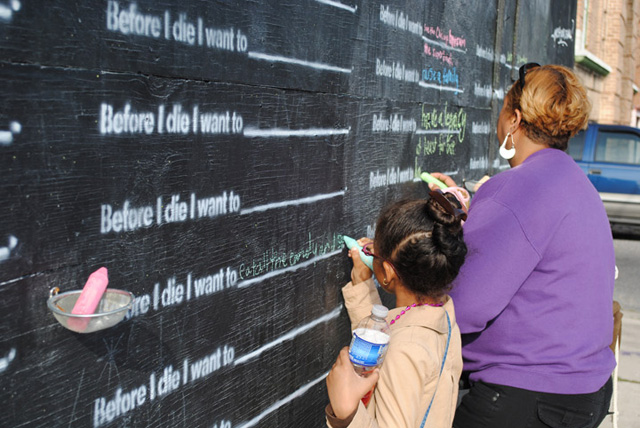The end of Flash on mobile. Much respect.
ZDNet: Adobe ceases development on mobile browser Flash (via MG Siegler)
It was only a matter of time:
Our future work with Flash on mobile devices will be focused on enabling Flash developers to package native apps with Adobe AIR for all the major app stores. We will no longer adapt Flash Player for mobile devices to new browser, OS version or device configurations. Some of our source code licensees may opt to continue working on and releasing their own implementations. We will continue to support the current Android and PlayBook configurations with critical bug fixes and security updates.
I know. Adobe wanted to prove Steve Jobs wrong after Apple made their technical decision not to support Flash on the iPhone. Instead of seeing Steve’s point of view, they decided to act like a teenage girl, screaming and crying about this atrocity. In addition to all the money they pissed away trying to shoe-horn Flash onto Android phones, they took out full-page ads saying “We ♥ Apple”. Very cute.
Now here we are, four years after the debut of the iPhone and Adobe finally concedes defeat. Imagine all the money and resources they could have saved if they had managed things differently. Perhaps they could have avoided the 2,000+ layoffs they’ve had in the last 3 years.
I’m indulging in some schadenfreude at Adobe’s expense, but it doesn’t change the fact that Flash has been an extremely powerful tool which has allowed me and many other interactive designers to express ourselves and create truly immersive experiences and applications.
Even today, HTML5 still does not provide the level of granular control and fluidity that Flash does for desktop experiences.
It’s necessary we as interactive professionals keep up with technologies and frameworks like HTML5, but it’s also just as necessary companies like Adobe lower the barrier for entry by making tools that allow creative people to focus on creating experiences and not getting bogged down in the minutia of code.
The web is an amazing canvas to work on. If you’re taking away our Flash paint brush, you have to replace it with a tool of equal power for expression.
